

|
|
|


|
Glow / Nitro Engines for RC Models (General)for Radio Controlled Model Enthusiasts and Collectors |
|
Introduction
Each of the link pages listed below, contain an example image of the Manufacturer's or Brand's Glow / Nitro Engines, and if found, provides some detail, such as engine name, size, approximate year of production, country of origin, designer, maker and manufacturing company location. |
|
|
|
|
|
|
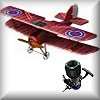
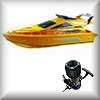
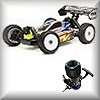
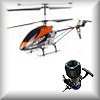
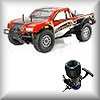
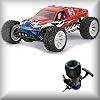
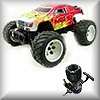
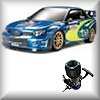
|
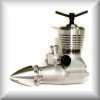
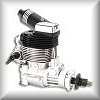
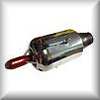
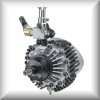
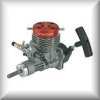
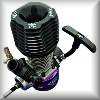
|
Choosing the Correct Engine for your form of RC.
Once you have made your choice of RC model, you need the right engine to get you where you want to be - out in front.
Engines for RC Touring / Drift Cars
Nitro powered Touring cars require a specific ability. Your first consideration should be the tail pipe. A number of models will take only a rear tail pipe configuration, but the majority will accept the more conventional side pipe. Engines for RC Trucks, Truggys and Monster Trucks
Unlike on road Touring Cars, Off Road Trucks, Truggys and Monster Trucks don't need that bottom end torque, unless you like to do wheelies. So something less powerful with a rotary carburettor will provide you with the smooth acceleration and less wheel spin required for controlled dirt track racing. Engines for RC Buggys
By far the most popular Off Road Nitro RC Models there is a wide choice of Buggys out there, many of which now come with engine included. Engines for RC Airplanes and Helicopters
RC Aircraft Engines are generally much tougher than conventional Nitro engines, in that they must be capable of maintaining high RPM levels for long periods. Choosing the right Engine for flying models is also a little more complicated. First of all you should check the model manual and see what size and kind of engine is suggested. Engines for RC Boats and Ships
|
Why you should Break-In your New Engine
If you were to examine a new nitro engine cylinder and the surface of the piston through a microscope, you would see thousands of grooves, peaks and troughs left by the reaming and honing process during production. How to Safely Break-In your Engine
1/ Before being used competitively, 2 or 3 tanks of fuel are usually enough to break-in your engine, but don't over rev the engine and try to keep it cool, below 160 degrees F (71 degrees C) Tell Tale Signs of a Lean burning engine.
1/ The engine dies at full throttle, or while simply idling. Tell Tale Signs of a Rich burning engine.
1/ Blue smoke from the exhaust (tail) pipe. |
More Hints and Tips
For more Radio Controlled Model Hints, Tips and Information, check out the list on the RCScrapyard Homepage. ▶ ▶ |
|
cc = Cubic Centimeters.
ci = Cubic Inches.
|
|
|
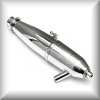
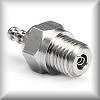
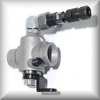
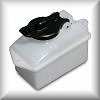
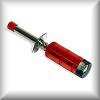
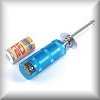
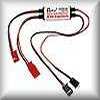
|
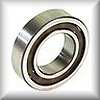
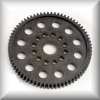
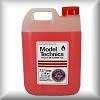
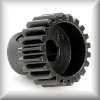
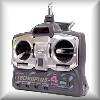
|
|
RC Models:
|
Radio & Motors: |
Other
Accessories: |